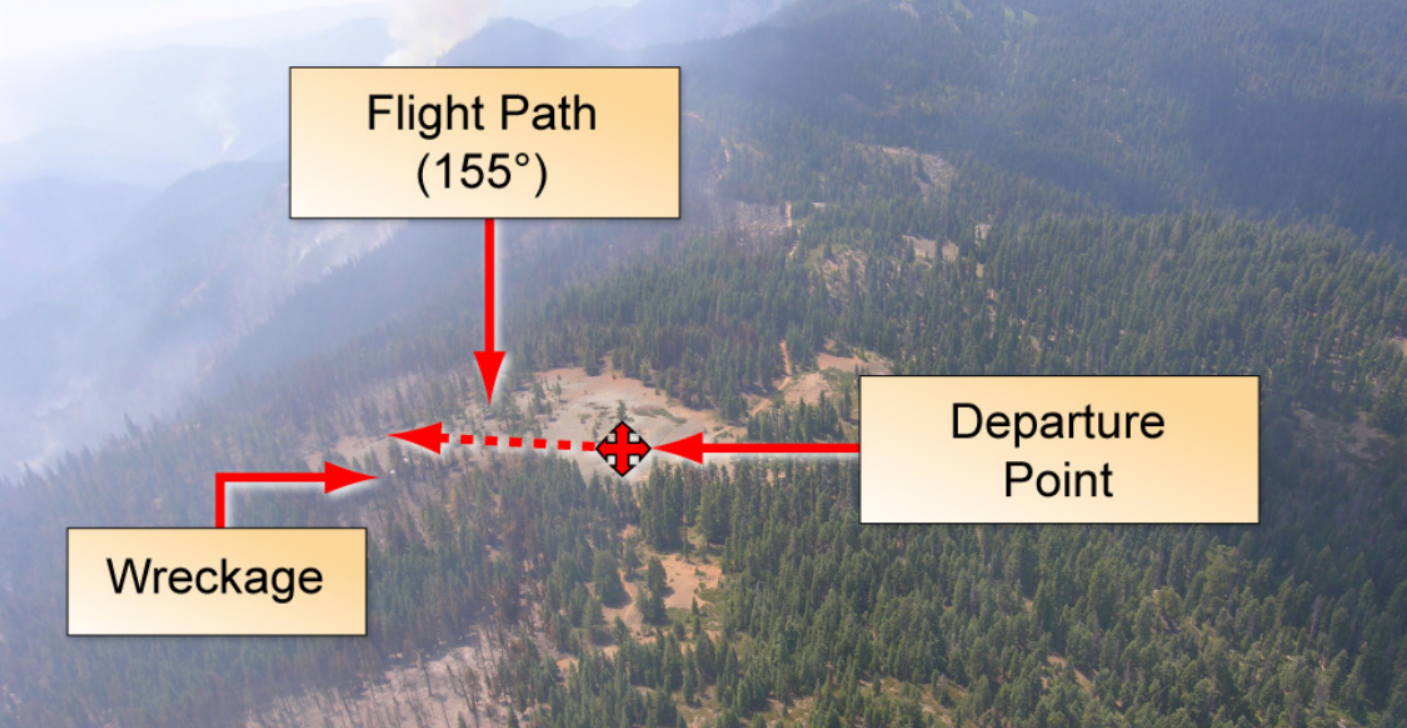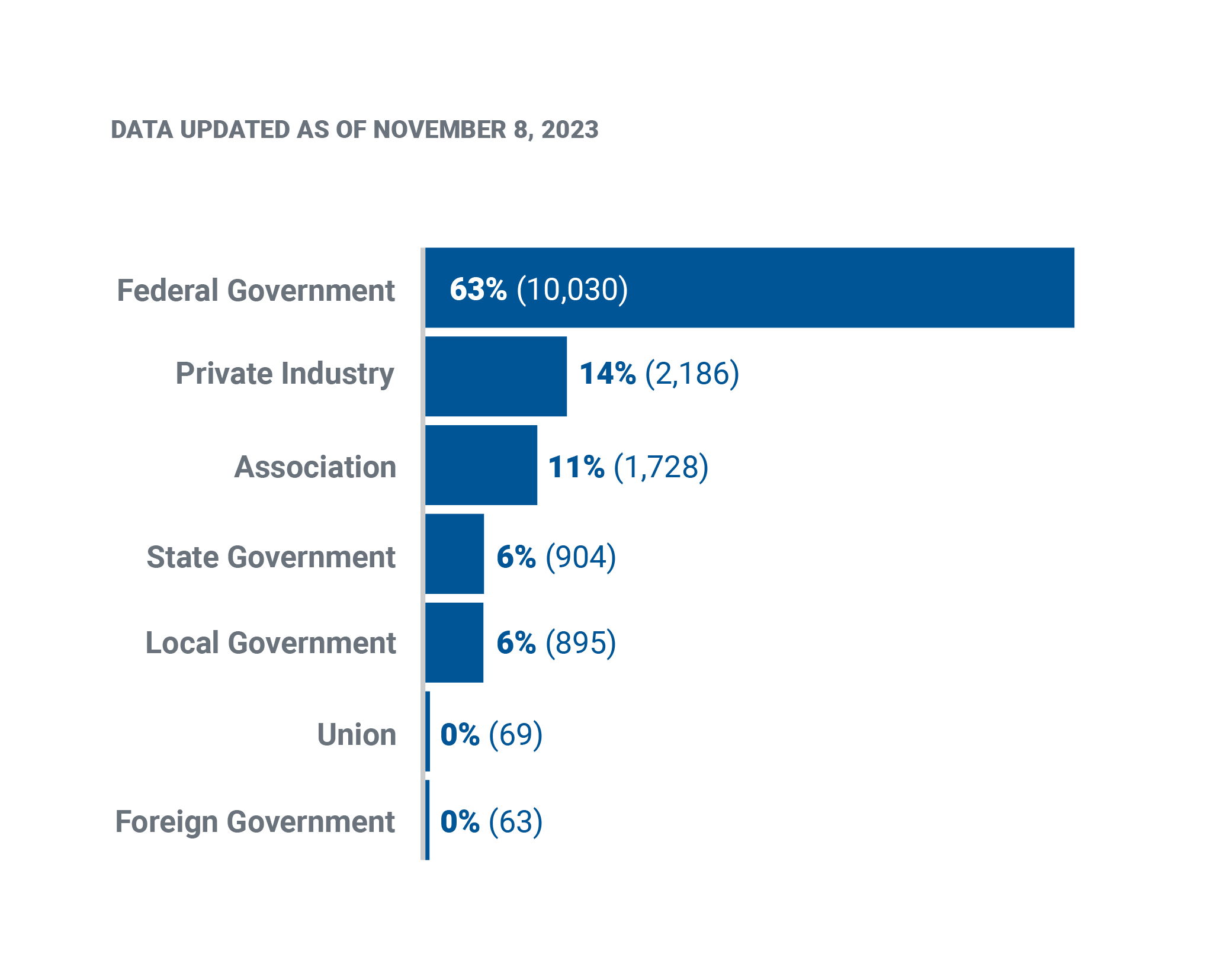The NTSB issues safety recommendations to address specific safety concerns uncovered during investigations and to specify actions to help prevent similar accidents from occurring in the future. Safety recommendations are our most important product because they alert government, industry, and the public to the critical changes that are needed to prevent transportation accidents and crashes, reduce injuries, and save lives.
We:
- issue recommendations to the organizations best able to take corrective action, such as the US DOT and its modal administrations, the Coast Guard, other federal and state agencies, manufacturers, operators, labor unions, and industry and trade organizations.
- issue safety recommendations at any point during the investigation of transportation accidents and in connection with safety studies.
- monitor the progress of action to implement each recommendation until it is closed, which usually takes several years.
Find Our Recommendations
CAROL (Case Analysis and Reporting Online) is our search tool for investigations and safety recommendations across all modes. CAROL includes all NTSB recommendations. See the
Field Descriptions page for specific information about safety recommendations data fields.
Recommendation Spotlight
Each month, we shine the spotlight on a few recommendations that have been successfully implemented (closed acceptable action) and are helping to further safety. These recommendations span all modes of transportation and recommendation recipients. Visit the
Recommendation Spotlight Archive to see previous safety wins.
We urge recommendation recipients to keep us informed of the progress on implementing recommendations. If you do, you may see your recommendation spotlighted here. Read more about responding to our safety recommendations.
Safety Standard Update Aims to Prevent Natural-Gas-Fueled Explosions
In 2018, explosions from undetected natural gas leaks occurred at three Dallas homes on the same block, one day after the next. While the gas distribution company tested for underground gas leaks at the homes, the instruments failed to detect issues because of wet soil conditions. When the ground is saturated, gas may not vent as expected, leading to false-negative results during routine tests to detect the presence of gas.
 Following the NTSB's investigation of the natural-gas-fueled explosions, we issued several safety recommendations, including one to the Gas Piping Technology Committee (GPTC), which writes consensus guidelines to improve the safety of gas transmission, distribution, and gathering piping systems.
Following the NTSB's investigation of the natural-gas-fueled explosions, we issued several safety recommendations, including one to the Gas Piping Technology Committee (GPTC), which writes consensus guidelines to improve the safety of gas transmission, distribution, and gathering piping systems.
Recently, the NTSB closed our recommendation to the GPTC as an acceptable action following the committee's publication of additional guidance that provides steps gas distribution operators can take to thoroughly investigate and respond safely to leaks in wet weather conditions. Specifically, the GPTC added that operators should consider special one-time surveys where gas migration and the ability to quickly identify a suspected leak's location is affected by weather-related conditions, such as water-saturated ground.
The additional guidance also stresses the importance of assessing all potential migration paths, investigation tools, methods, and considerations when the ground is water saturated. If buildings are in the suspected area of migration, the guidance advises operators to follow emergency response procedures, including ventilation or evacuation and isolating the gas supply to the area until conditions improve.
The GPTC adheres to the American National Standard Institute's rigorous standard development processes and directly improves safety among gas distribution operators nationwide.
Improving the Chance of Firefighter Survival in Helicopter Crashes
Like many NTSB investigations, it isn't necessarily one significant hazard or unsafe practice that reduces a victim’s chances of surviving a transportation crash, but many small ones. And, sometimes, it takes the NTSB's unwavering persistence over many years for these small safety improvements to occur.
Last month, the NTSB closed the final recommendation from a 2008 crash involving a Sikorsky S-61N helicopter, which impacted trees and terrain after departing a helispot (a location near a fire where it is safe for helicopters to land and take off) near Weaverville, Calif., that killed the pilot, a crewmember, and seven firefighters and seriously injured the co-pilot and three firefighters. The NTSB issued 10 safety recommendations following this crash; the final one to close improves firefighters' survivability after a helicopter crash.
In the Weaverville crash, the firefighter passengers on the accident helicopter were wearing flame-resistant gloves, as required by U.S. Forest Service policy at the time of the accident. However, the gloves were made of a rigid medium-weight leather that hindered the firefighters' ability to quickly unbuckle their seat restraints and open emergency exits after the helicopter crashed.
To address this issue, NTSB recommended (A-10-164) that the Forest Service revise its policies to ensure the gloves firefighting personnel wear during helicopter transport operations are compatible with passenger restraints and opening emergency exits.
In 2023, the Forest Service had implemented the following changes to its policies and guidance:
- All occupants of helicopters under contract with the U.S. Forest Service must wear fire-resistant or leather gloves that fit snugly to provide maximum finger dexterity.
- Pre-flight briefing guidance and checklists cover seatbelt operation, and glove fit and dexterity.
- All helicopters operated under contract to the U.S. Forest Service must be equipped with quick-release buckles, which are easier to operate with gloves than rotary-style buckles like those installed on the accident helicopter.
The U.S. Forest Service's actions to ensure that seatbelt operation and glove fit and dexterity are discussed and checked before flights and that all contracted helicopters are equipped with quick-release buckles exceed the intent of Safety Recommendation A-10-164, which was classified Closed—Exceeds Recommended Action in February 2024.
Safety Recommendations At a Glance
We have issued over 15,400 safety Recommendations since the agency was established in 1967.
Total safety recommendations by mode
| Total safety recommendations by Recipient
|


2022 Safety Recommendation Statistics
Issued Safety Recommendations
| 92
|
Issued Urgent Safety Recommendations
| 6
|
Closed Acceptable Recommendations
| 269
|
Urgent Closed Recommendations
| 2
|
Closed Unacceptable Recommendations
| 34
|
Each recommendation issued is reported as one recommendation, regardless of the number of recipients. Because some recommendations are issued to more than one recipient, however, recommendations closed are reported by the number of recipients for whom a recommendation was closed during the year.
Updated April 24, 2024